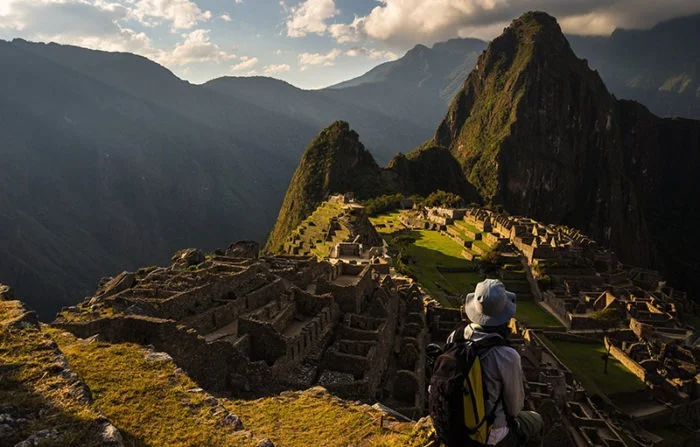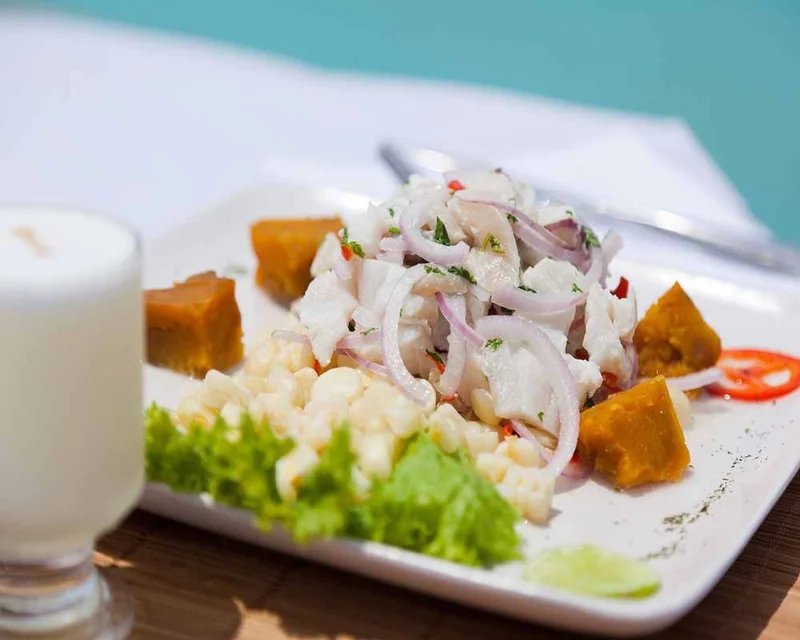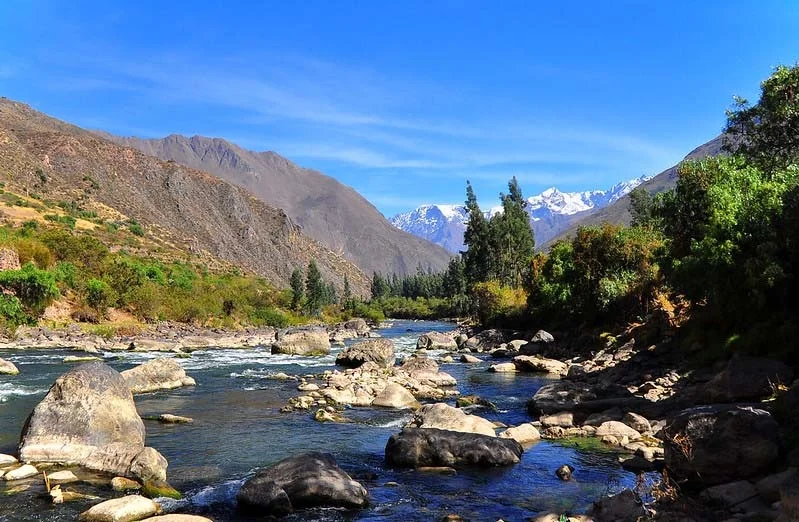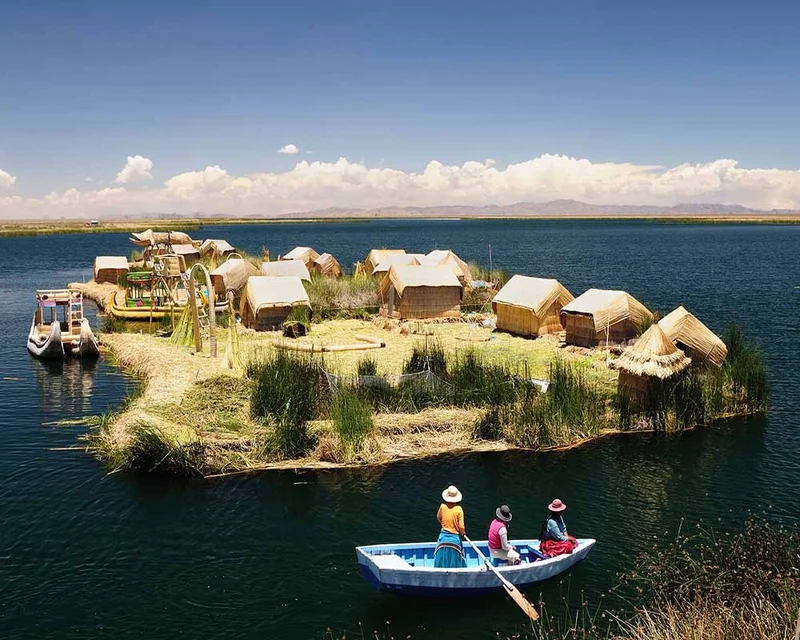Machu Picchu Tour Package - Cusco To Salar De Uyuni - Peru
Join us on a thrilling journey through South America's most breathtaking landscapes and cultural treasures. We will start in Cusco, a vibrant city steeped in history, and prepare for an unforgettable adventure. Our tour guide will lead us through ancient ruins, colorful streets, and traditional markets.
We will explore the iconic Machu Picchu, uncovering its mysteries and stunning architecture. Later, we will travel to Puno and marvel at the beauty of Lake Titicaca. We will visit floating islands and experience their unique way of life.
Crossing the border into Bolivia, we will discover La Paz, a bustling city surrounded by dramatic mountains. From there, we will head to the world-famous Salar de Uyuni, the largest salt flat on Earth. Here, we will witness surreal landscapes, endless horizons, and dazzling sunsets.
This adventure will connect us to vibrant cultures and awe-inspiring natural wonders. From Cusco to Uyuni Tour, every moment will amaze us. Join us and create memories that last a lifetime!
6 Day Peru Itinerary
Day 1: Arrival in Cusco
We will welcome you upon arrival at Cusco’s international airport and transfer you to your hotel. Take the rest of the day to acclimate to the altitude of 3,400 meters (11,155 feet). Explore Cusco’s charming streets or relax at your accommodation for an overnight stay in Cusco.
Day 2: Discovering Machu Picchu
We will start the day with breakfast at the hotel before transferring to Poroy Station. The Vistadome train ride to Aguas Calientes will take approximately 3.5 hours. On arrival, we will take a short bus ride to the legendary Machu Picchu.
A professional guide will lead a two-hour tour of the ancient Inca city. Marvel at the Temple of the Sun, Intihuatana Stone, and breathtaking terraces. After exploring, we will return to Cusco by train in the afternoon to get a restful night in our hotel..
Day 3: Journey from Cusco to Puno
We will leave Cusco early after breakfast for a scenic bus trip to Puno. Stops will include Andahuaylillas Chapel, famous for its baroque artwork, and the Raqchi ruins. Enjoy a buffet lunch in Sicuani before visiting the Pukara Museum, known for its ancient ceramics. We will arrive in Puno, located at 3,827 meters (12,555 feet), in the late afternoon arriving to sleep.
Day 4: Puno to La Paz via Lake Titicaca
After breakfast, we will drive along the shores of Lake Titicaca for three hours to Copacabana. At the Kasani border, we will cross into Bolivia and visit the famous Church of the Virgin in Copacabana. A private boat will take us to Moon Island to see the Temple of the Sun Virgins.
We will also explore Sun Island and hike to the Pilkokaina ruins. Enjoy lunch amidst spectacular views before returning to Copacabana. We will then have been driving Cusco to La Paz for an overnight stay.
Day 5: Exploring Salar de Uyuni
We will fly early from La Paz to Uyuni to explore the world’s largest salt flat. Our tour will include the hauntingly beautiful train cemetery and Incahuasi Island, covered in giant cacti. We will marvel at the unique salt “eyes” and learn about salt processing at Colchani village.
Lunch will be served amid the vast, reflective salt flats. After an unforgettable day, we will return to Colchani for dinner and rest in Colchani.
Day 6: Departure from Uyuni to La Paz
We will enjoy a final breakfast before transferring to the airport for our flight to La Paz. From La Paz, we will assist you with onward connections or your return home. This concludes our extraordinary adventure through the Andes.
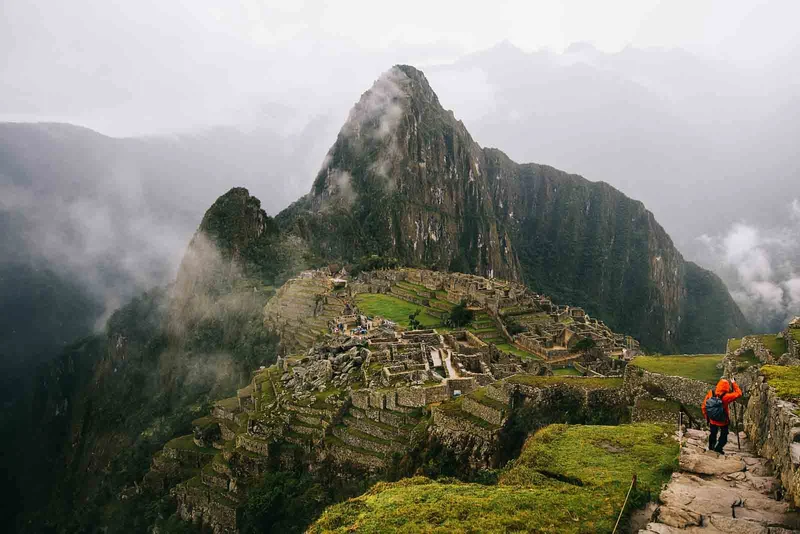
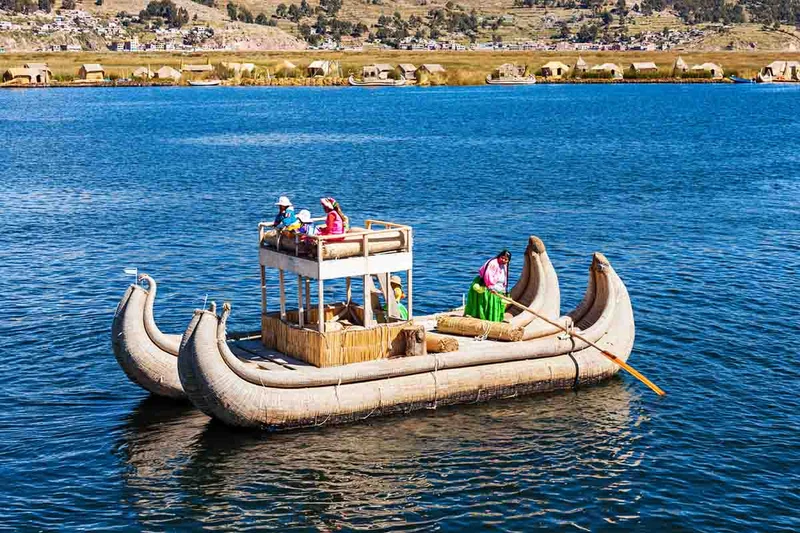
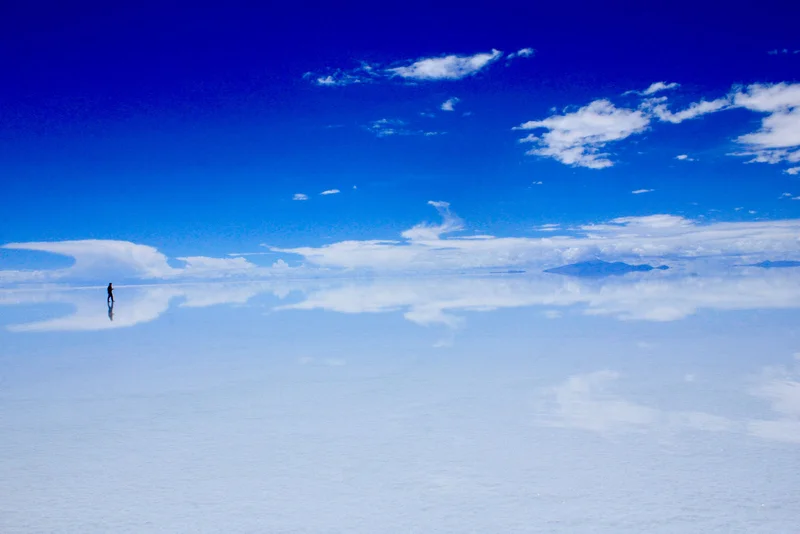
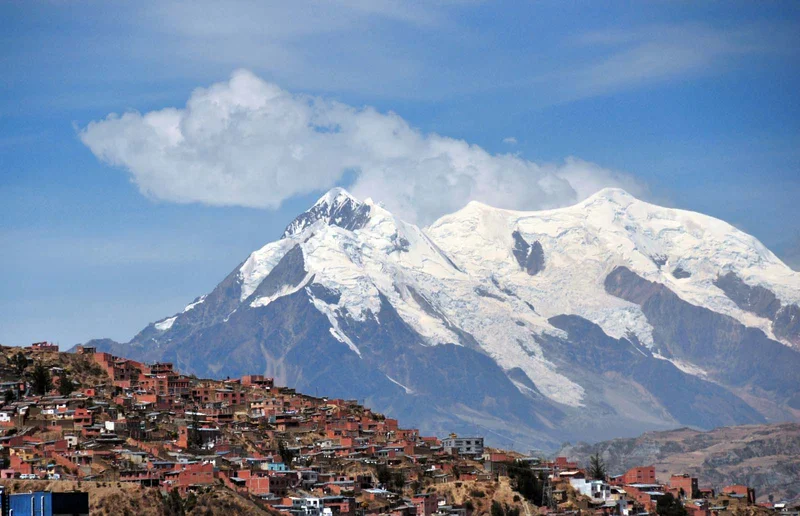
6 Day Peru Itinerary Includes
- Transfers: All transfers on arrival and departure in each destination, with assistance from experienced personnel.
- Excursions: Guided tours for all excursions listed in the itinerary, led by English-speaking professional guides.
- Entrance Fees: Admission to all sites mentioned in the program.
- Train Journey: Scenic Vistadome train tickets to and from Machu Picchu, ensuring a comfortable and immersive experience.
- Transportation: Tourist vehicles, offering comfort and reliability throughout the tour.
- Accommodations: Overnight stays in suggested hotels or similar alternatives (subject to confirmation), including daily breakfast.
- Meals: All meals as specified in the itinerary.
6 Day Peru Itinerary Does not Include
- Check-In/Check-Out: Early check-in or late check-out at hotels.
- Domestic Flights: Flights within Peru and Bolivia (approximately USD 220 per person, per flight).
- Drinks: Drinks during meals are not included.
- Unspecified Meals: Any meals not expressly mentioned in the itinerary.
- Personal Expenses: Additional charges for bar services, laundry, phone calls, or other personal expenses.
- Tips: Gratuities for guides, airport staff, hotel personnel, or restaurant staff.
- Insurance: Personal travel or health insurance coverage.
6 Day Peru Itinerary Highlights
- Machu Picchu: Discover the majesty of the iconic Inca citadel with a private guide. Explore its intricate ruins and fascinating history.
- Salar de Uyuni: Marvel at the world’s largest salt flat, a surreal landscape. It has endless horizons, giant cacti, and traditional salt-processing methods.
- Lake Titicaca: Visit the mystical Sun and Moon Islands on the world’s highest navigable lake. Uncover sacred Inca sites and captivating local culture.
Travel Tips
- Pack lightly for Machu Picchu, as only hand luggage (up to 5kg) is allowed on the Vistadome train.
- Bring layers for the wide range of temperatures, especially in high-altitude areas like Cusco, Puno, and Uyuni.
- Stay hydrated and avoid overexertion, as the high altitude in Cusco, Puno, and La Paz can be taxing.
Fitness Requirements
- Cusco & Puno: Expect cool mornings and evenings, with temperatures between 40°F and 68°F (4°C to 20°C). Bring warm layers for comfort.
- Uyuni: The salt flats are cold, particularly at night, with milder but cool daytime temperatures. Don’t forget sunscreen and sunglasses for daytime outings.
Weather Preparedness
- Cusco & Puno: Expect cool mornings and evenings, with temperatures between 40°F and 68°F (4°C to 20°C). Bring warm layers for comfort.
- Uyuni: The salt flats are cold, particularly at night, with milder but cool daytime temperatures. Don’t forget sunscreen and sunglasses for daytime outings.
Accomodation
- Lima: José Antonio 4 stars
- Puno: José Antonio 4 stars
- La Paz: Ritz 4 stars
- Colchani: Salt hotel (to be confirmed)
Frecuently Asked Questions
How do I manage the altitude in Cusco, Puno, and Uyuni?
It’s essential to allow your body time to acclimatize. Drink plenty of water, avoid heavy meals, and take it easy for the first few days. Many hotels offer coca tea, which helps alleviate altitude sickness.
What is the luggage allowance on the train to Machu Picchu?
You are allowed to bring one small bag or backpack with a maximum weight of 5kg (11lbs). Your larger luggage will remain at your hotel in Cusco.
When is the best time to visit the Salar de Uyuni?
The dry season (May to November) offers clear views and endless white salt flats, while the wet season (December to April) creates a mirror-like effect, reflecting the sky. Both times of year offer unique experiences.
Why travel with us?
Similar Itineraries
